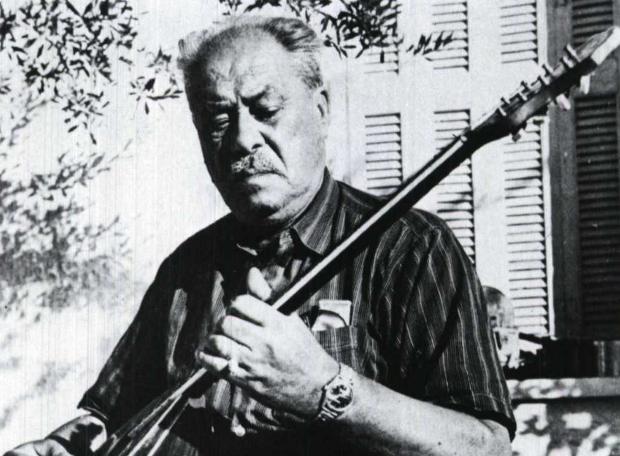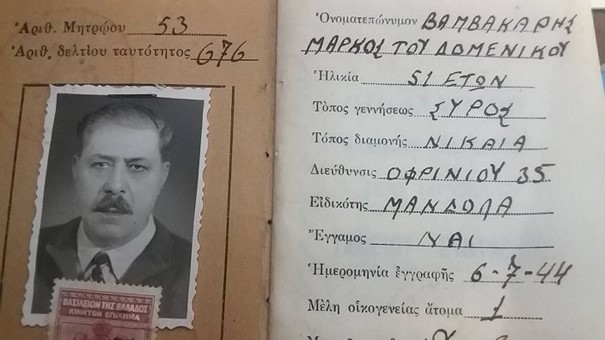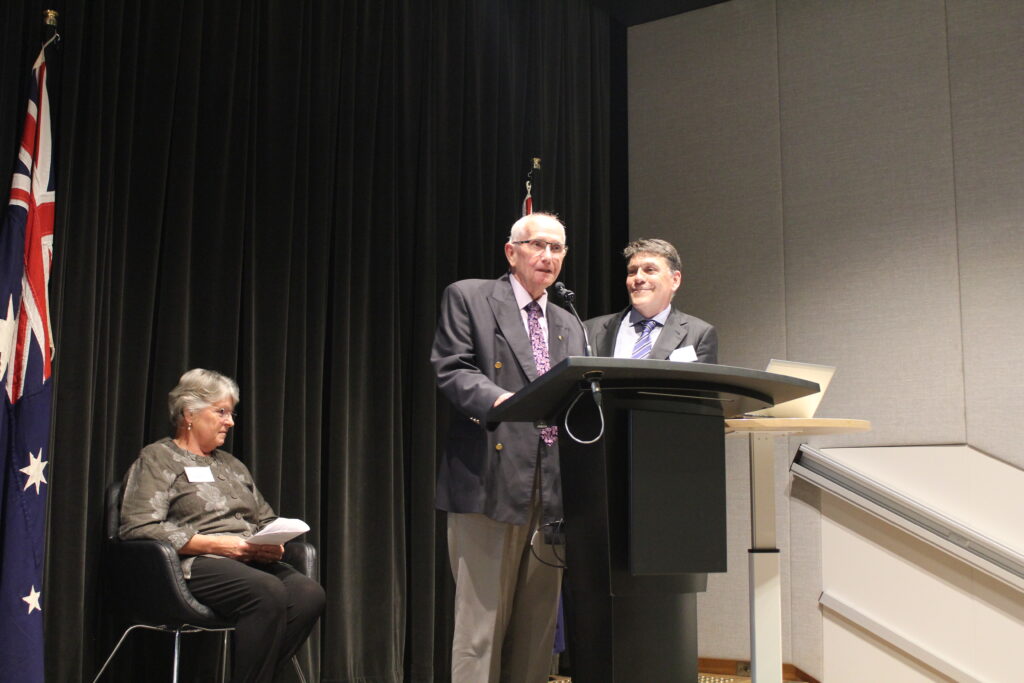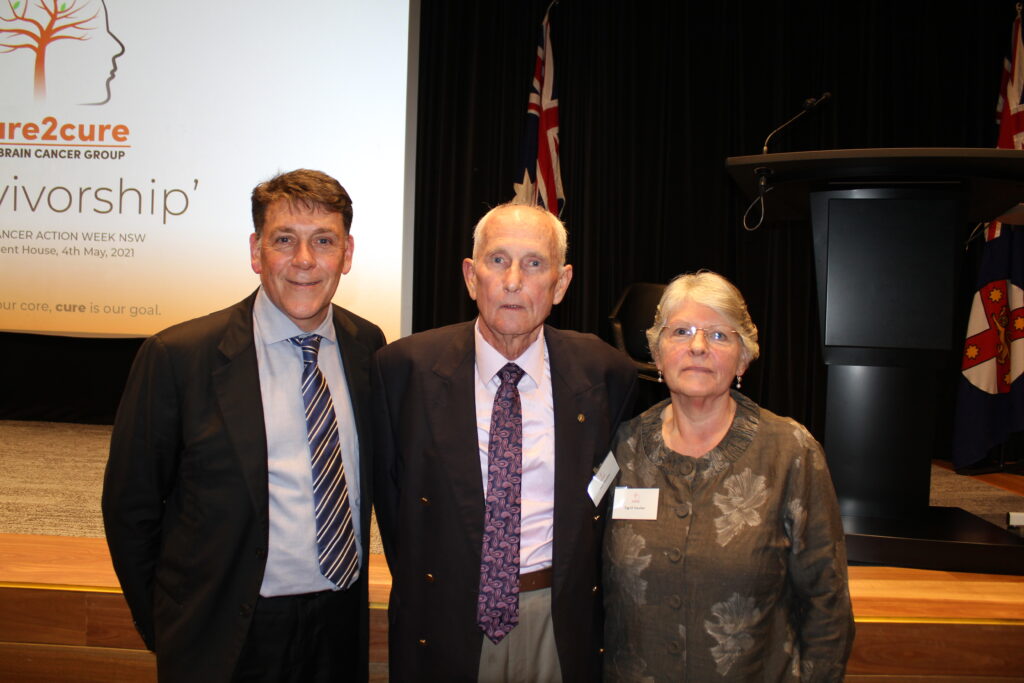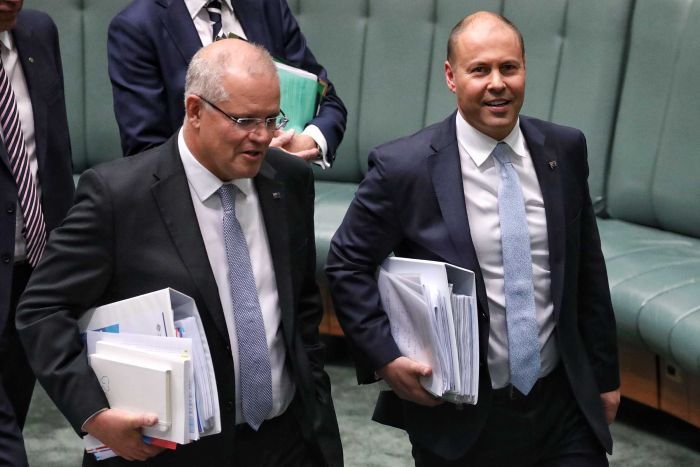By Argyro Vourdoumpa and Andriana Simos.
Every Mother’s Day, mothers, grandmothers, aunts and many others, are celebrated for everything they do to support their family and friends.
To mark the occasion this year, Greek Australians celebrated Mother’s Day with special cakes, luncheons and festivities.
Here’s a look at some of the events which were held in Sydney and Adelaide.
Sydney:
Sydney’s Greek community put out all this stops for Mother’s Day on Sunday, with associations such as Pontoxeniteas Sydney hosting a High Tea at Gardens on Forest.
The event was attended by a number of Greek Australians, including Sophie Cotsis MP with her mum and daughter. They all enjoyed a number of sweets, sandwiches and meat pies, as well as shared stories and memories on the day.

Elsewhere in Sydney, at St Nectarios Greek Orthodox Parish in Burwood, young people from Youth In Action spent a whole afternoon baking and decorating delicious cakes to present to their mums for Mother’s Day. The flavour of the day was vanilla, with buttercream made from scratch and hand-rolled fondant for the top of the sponge cake.

St Nectarios Parish in Burwood made cakes. 
For her part, mother-of-two, Eleni Gerassis, along with her family, dropped off 74 bags filled with beauty products, cupcakes, cookies, chocolates, flowers and much more, to each NICU mum in The Grace Centre for Newborn Intensive Care at The Children’s Hospital at Westmead and the Neonatal Intensive Care Unit at Westmead Hospital.
All this was possible with the help and support of family, friends, businesses and total strangers.
Her reason for organising the initiative, she tells The Greek Herald, is personal as her own daughter, Dimitra, was born on Mother’s Day 13 years ago and she “will never forget what it felt like to be spending this special day in hospital not knowing whether my baby would survive.”

Dimitra with one of the nurses who looked after her 13 years ago. 
Athena Aristides, Eleni Gerassis, nurse Bernadette, Dimitra, lady who donated to initiative, Mario, Sophia. Photos supplied.
“In appreciation and gratitude for all that we have, the first class care we received, we have spent the last 10 years dedicating our time to giving back to the people that helped bring our little girl home to us,” Eleni tells The Greek Herald.
“As a new mum, you would normally receive gifts, flowers and visitors in hospital to celebrate the birth of your new baby, unfortunately, this isn’t the case in a Newborn Intensive Care Unit so I organised this initiative to help put a smile on these amazing mums faces, to let them know that we are thinking of them during these difficult times.
“We are and will always be so appreciative to everyone who contributed to making this happen and helping make this day that extra bit special for these brave and courageous mums.”

Adelaide:
South Australia’s Greek associations also celebrated Mother’s Day with sold out events and The Greek Herald joined-in with the festivities.
A Mother’s Day BBQ was hosted by the Cyprus Community of SA in Welland, Adelaide while the Pontian Brotherhood of SA held a Sunday lunch at their Pennington house. Both events featured live music, local delicacies and desserts prepared by dedicated volunteers.

The Cyprus Community of SA’s Mother’s Day event. 
Photo copyright: Argyro Vourdoumpa / The Greek Herald.
“We are here to honour all Mothers and we are very excited to have 200 of our members with us,” Cyprus Community of SA President, Andreas Evdokiou, told The Greek Herald.
“Mothers are special. Nothing can substitute a mum’s affection and warmth. Look after your mothers for as long as you have them,” Evdokiou said, thanking the volunteers for their tireless work.

The Cyprus Community of SA. 
Photo copyright: Argyro Vourdoumpa / The Greek Herald.
A bit further north, in Pennington, members and volunteers of the Pontian Brotherhood of SA treated mothers to a mouth-watering lunch and honoured them with Pontian lyra and a combined dance performance by the Brotherhood’s Senior and Junior dance groups.
“This day is special as we are celebrating all the mums” said Pontian Brotherhood of SA President, Nazareth Nalpantidis Chisholm, in her opening speech, thanking the volunteers for their efforts.

The Pontian Brotherhood of SA. 
All photos copyright: Argyro Vourdoumpa / The Greek Herald.
“It’s important to keep our culture alive,” Nalpantidis Chisholm said.
First generation Pontian Australian and mother of four, Kasiani Koutris, said events like these are important to keep the cultural heritage alive and carry it on to future generations.
“I am a first-generation Pontian Australian woman and I’m very passionate about Pontian issues and the way of life. My husband is Turkish-Pontian. It’s been a very rich experience for me and I try to keep this part of our culture alive for our children as well,” said Koutris who is also a filmmaker, currently working on a project for the International Pontian film festival.









